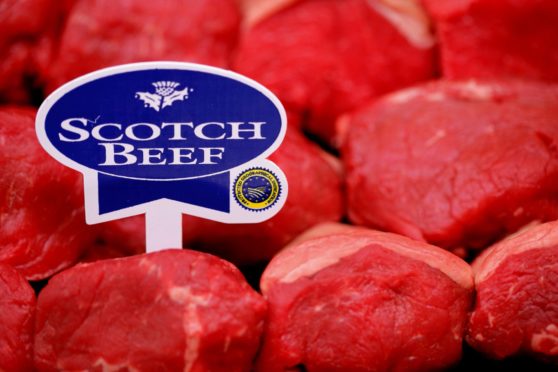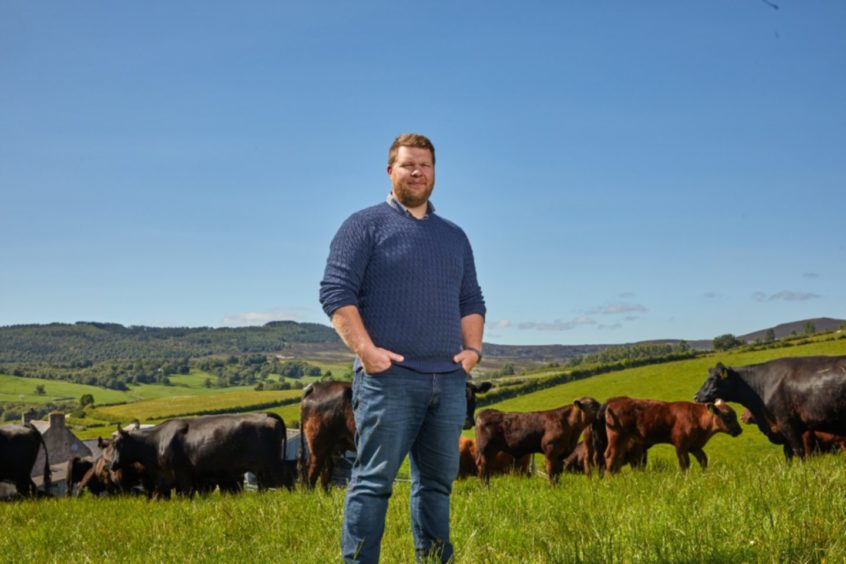The use of DNA technology could help boost Scotch Beef’s credentials and improve the fortunes of Scottish beef farmers, claims Quality Meat Scotland (QMS).
The red meat levy body said a project looking at the use of DNA technology in the beef supply chain has shown its potential for both traceability and improving the performance of the Scottish beef herd.
The project, funded by a £94,000 grant from the Scottish Government’s Knowledge Transfer and Innovation Fund (KTIF), involved three suckler calf producers and two cattle finishers supplying West Lothian-based meat processor AK Stoddart.
DNA samples were taken from 541 dams and 110 of their progeny were DNA tested at slaughter, with 91% of the carcase samples confirming the maternal identity of the slaughtered cattle.
Farm management data was also gathered and analysed, in conjunction with the DNA data, by scientists at the Moredun Research Institute based near Edinburgh.
QMS head of industry development, Bruce McConachie, said the project showed DNA technology can be successfully used to prove the authenticity of Scotch Beef.
“Results revealed that utilising DNA would give us a world-leading traceability standard and eliminate fraud from the sector, and improve the saleability of the product through improved consumer confidence,” added Mr McConachie.
He said DNA technology could also be used alongside readily available data – such as sire information, date of first calving, age at slaughter and killing out grade – to feed back information to producers and help them select better performing cattle.
“The study also proved that we can utilise data from sources like the British Cattle Movement Service (BCMS) and abattoirs to improve efficiency on farm by reducing finishing time, improving calving intervals and reducing calf mortality, as well as an improvement in feed conversion and the number of calves per cow,” added Mr McConachie.
He said the improvements in various management areas, as a result of information being fed back to breeders through the use of DNA technology, could drive huge financial benefits for the sector.
As an example, Mr McConachie said reducing the calving interval of the national herd by 11% would bring an £8.8 million benefit to the sector, while a 12-day reduction in finishing time from 650 days to 638 days would be worth £7.8m to the sector.
“The study demonstrated that it is feasible to harness the potential of DNA data to develop a programme that is not only effective but can provide a significant cost benefit to the national herd and with no additional burden to be placed on individual farming businesses,” added Mr McConachie.
QMS chief executive, Alan Clarke, said any future use of DNA technology in the sector would need to come at minimal cost to farmers.
He said the only cost that would fall on producers would be the additional cost of using a DNA sampling tag for suckler dams – estimated at 10-20p more per tag than traditional tags.
Mr Clarke said: “That’s the only thing a farmer would have to do differently – just use a different set of tags.
“Looking to the future, QMS will be engaging with the Scottish red meat supply chain to share our findings and identify if there is the potential to roll out a national programme across Scotland.”

